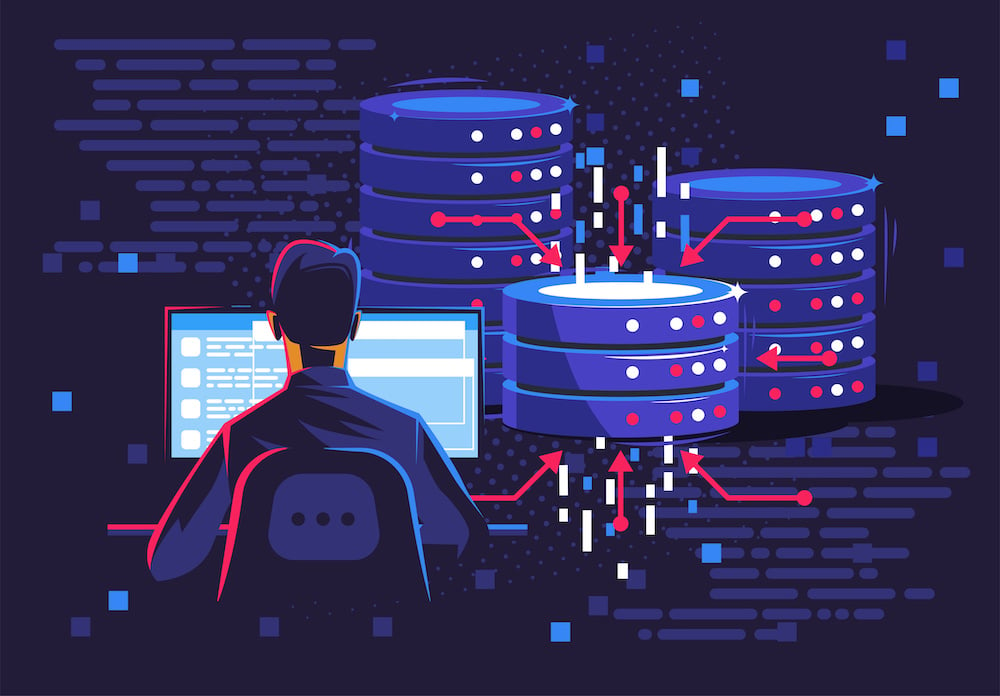In the rush to embrace software-as-a-service (SaaS) applications in response to the COVID-19 pandemic, organizations of all sizes now find themselves trying to navigate disjointed workflows spanning multiple applications that provide very dissimilar user experiences.
Unifying all those application experiences by mastering a bewildering array of application programming interfaces (APIs) is beyond the skill sets of most IT teams. Instead, organizations are increasingly turning to low-code tools to create at higher levels of abstraction the workflows needed for digital business processes.
The next challenge is to then figure out how to share data across those workflows. After all, requiring end users to constantly reconcile conflicting sets of data residing in different applications does more to inhibit productivity than it does to enhance it.
To address that issue, cloud storage service providers are starting to expose extensible APIs that can play a critical role in streamlining the SaaS application experience. Box, for example, will soon make it possible for a file that is created using, for example, a Microsoft Office 365 application to be stored in the Box file service in a way that makes it instantly available to a user of a SaaS application from Salesforce, ServiceNow or a custom application built by an internal IT team, says Varun Parmar, senior vice president and chief product officer for Box.
Any files in Box can now also be accessed by organizations relying on Microsoft Teams as well, adds Parmar. IT teams can also employ a mix of custom and pre-built templates to standardize workflow processes, notes Parmar.
Box has even gone so far as to address a range of security and compliance requirements spanning everything from FedRamp High certification to managing exceptions to compliance policies.
“Security becomes paramount when employees are working from home using unmanaged devices,” says Parmar.
Cloud storage as file server
Most of the usage of cloud storage services today revolves around small teams of end users sharing files on an ad hoc basis. However, now that end users will be primarily working from home for at least many more months to come, the time has come to view these cloud storage services as the equivalent of a file server in a local data center that is shared by multiple applications running in the cloud and on-premises IT environments.
Undoubtedly, it requires a certain level of IT expertise to achieve that goal. However, the organizations that do achieve that goal are going to be a lot more productive than those that don’t. That’s a critical issue now more than ever because during the economic downturn brought on by the pandemic employees are being asked to do a whole lot more with less while continuing to work from home. A lot more end users with mobile computing devices expect to be able to access any file regardless of what application was employed to create it.
One day the current friction that organizations currently experience using multiple SaaS applications will lessen. However, the organizations that take control over their SaaS application experiences today are going to greatly reduce the current level of stress inside their organizations that most everyone involved already realizes is simply unsustainable.








